Planning your perfect getaway doesn’t mean joining the masses during peak tourist season. The smartest travelers have discovered that timing their trips strategically unlocks extraordinary experiences at exceptional value. By choosing off-season and shoulder season periods, travelers save up to 50% on flights and accommodations while enjoying destinations at their most authentic.
This guide reveals the optimal timing for visiting world-class destinations, from Asia’s glittering entertainment capitals to Europe’s architectural masterpieces and America’s pristine wilderness. Each destination offers distinct advantages during quieter periods, providing authentic cultural experiences without the overwhelming crowds that characterize peak seasons.
Understanding Travel Seasons and Their Benefits
Peak Season Challenges
Peak travel periods create overcrowded attractions, inflated prices, and rushed experiences. Popular destinations like Barcelona’s Sagrada Família or Yellowstone’s Old Faithful become overwhelmed with visitors, diminishing the very experiences travelers seek.
Off-Season and Shoulder Season Advantages
Shoulder season (spring and fall months) provides the perfect balance between favorable weather and reduced crowds. These transitional periods offer:
- Cost savings of 20-50% on flights, accommodations, and activities
- Significantly fewer crowds at major attractions
- More personalized service from local businesses and tour operators
- Better weather than extreme seasonal conditions
- Enhanced local interactions with less tourist-fatigued residents
- Greater availability for preferred accommodations and dining reservations
Macau, China – Year-Round Gaming Capital
Optimal Timing: October through December and March through May
Avoid: June through September (typhoon season and extreme humidity)
Macau provides exceptional value during its shoulder seasons when comfortable temperatures replace summer’s oppressive heat and humidity. The city’s casino revenues continue growing year-round, with 2025 showing remarkable recovery as daily gross gaming revenue reached MOP 717 million.
October to December represents Macau’s peak travel period with pleasant temperatures averaging 18-24°C (64-75°F), clear skies, and numerous cultural festivals. This period sees increased tourism but remains more manageable than mainland China’s summer vacation influx.
March to May offers the best value proposition with fewer tourists following Chinese New Year, moderate temperatures, and excellent hotel deals. While occasional fog occurs, indoor entertainment venues and casino complexes remain unaffected.
The city’s integrated resorts provide world-class dining, shopping, and entertainment year-round, making weather less critical than for outdoor destinations. For those interested in responsible gaming experiences, many properties offer introductory sessions during quieter periods when staff can provide more personalized attention. Of course, slot games are the same wherever you go, so you could try lightning roulette instead.
Barcelona, Spain – Cultural Hub with Perfect Timing
Optimal Timing: May, September, and October
Avoid: July and August (extreme heat and peak crowds)
Barcelona exemplifies how strategic timing transforms travel experiences. The city’s official recognition as TripAdvisor’s top global attraction in 2025 has increased visitor numbers, making timing crucial for enjoyable visits.
May delivers ideal conditions with temperatures ranging 18-25°C (64-77°F), perfect for exploring Gaudí’s architectural masterpieces including the near-completion Sagrada Família. The city buzzes with energy as locals emerge from winter, outdoor dining flourishes, and cultural events like Primavera Sound create vibrant atmospheres without overwhelming crowds.
September and October provide arguably the best Barcelona experience. September retains summer warmth (20-28°C) while October offers crisp, comfortable conditions (16-24°C) with significantly fewer tourists. The famous La Mercè Festival in September showcases authentic Catalan culture, while October provides museum access without queues.
Winter months (January-February) offer exceptional value for budget travelers with accommodation savings up to 30% and virtually empty attractions. While cooler (10-15°C), Barcelona’s Mediterranean climate remains mild, and indoor attractions like museums and Gaudí architecture tours become more appealing.
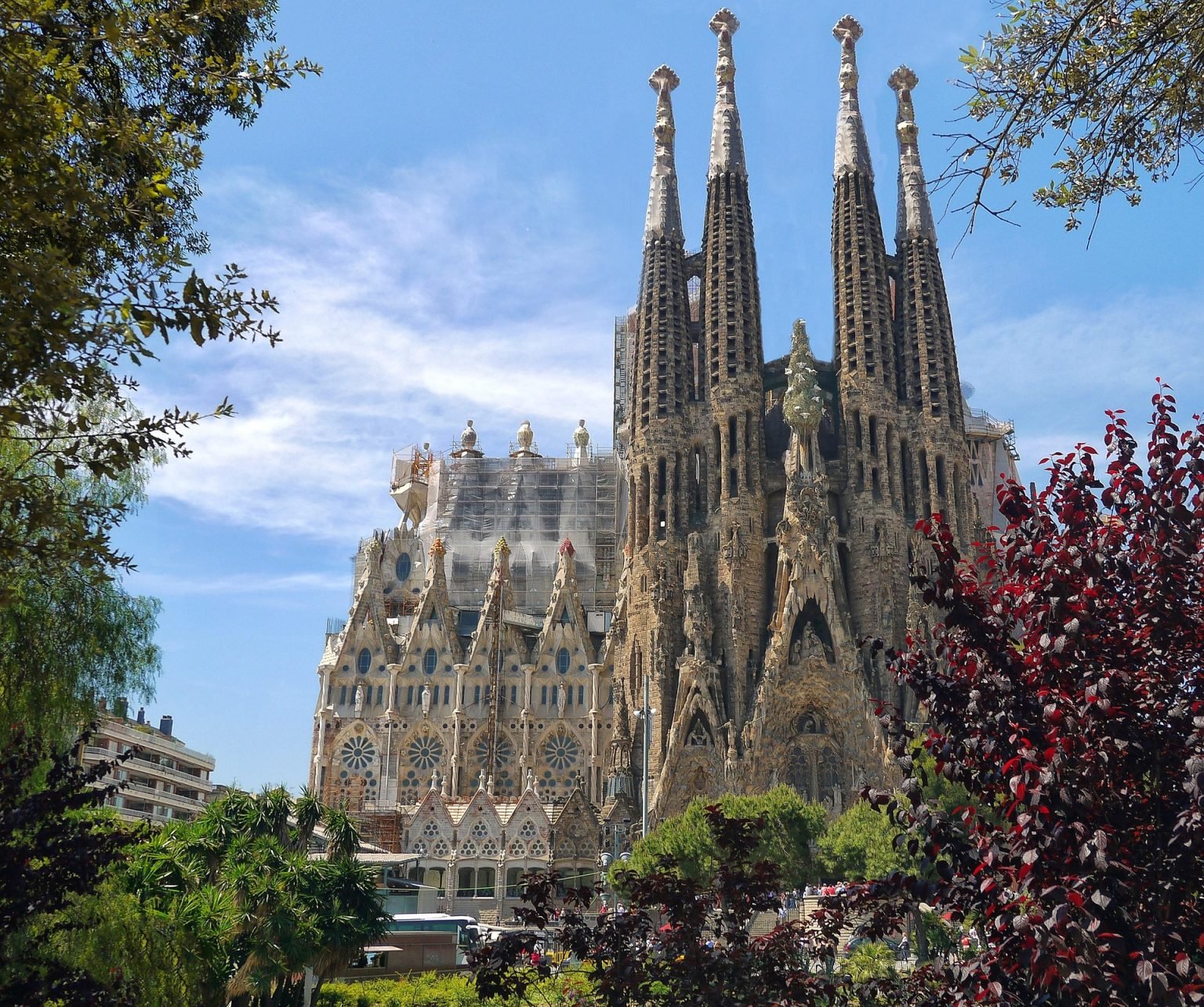
Yellowstone National Park – Seasonal Wilderness Wonder
Optimal Timing: September, October, and April
Avoid: June through August (peak crowds and traffic congestion)
America’s first national park offers dramatically different experiences across seasons, with strategic timing providing wildlife encounters and natural beauty without summer’s overwhelming crowds.
September delivers the park’s sweet spot with warm days, cool nights, and the spectacular elk rut where males bugle and compete for mates. Most roads remain open while crowds diminish significantly after Labor Day. Wildlife viewing improves as animals become more active in cooler temperatures.
October provides excellent value with autumn colors, crisp weather (30-60°F daytime highs), and minimal crowds. Many services begin closing, requiring more self-sufficient planning, but the trade-off includes pristine wilderness experiences and exceptional photography opportunities.
April offers unique spring awakening experiences as bears emerge from hibernation and migrating birds return. Variable weather requires flexible planning, but wildlife viewing opportunities peak during this active season.
Winter visits provide completely different experiences with snow-covered landscapes and steaming geyser basins, though access requires snowcoach or snowmobile tours. Yellowstone’s Grand Canyon becomes a winter wonderland, while Old Faithful’s eruptions create dramatic steam clouds against snowy backdrops.
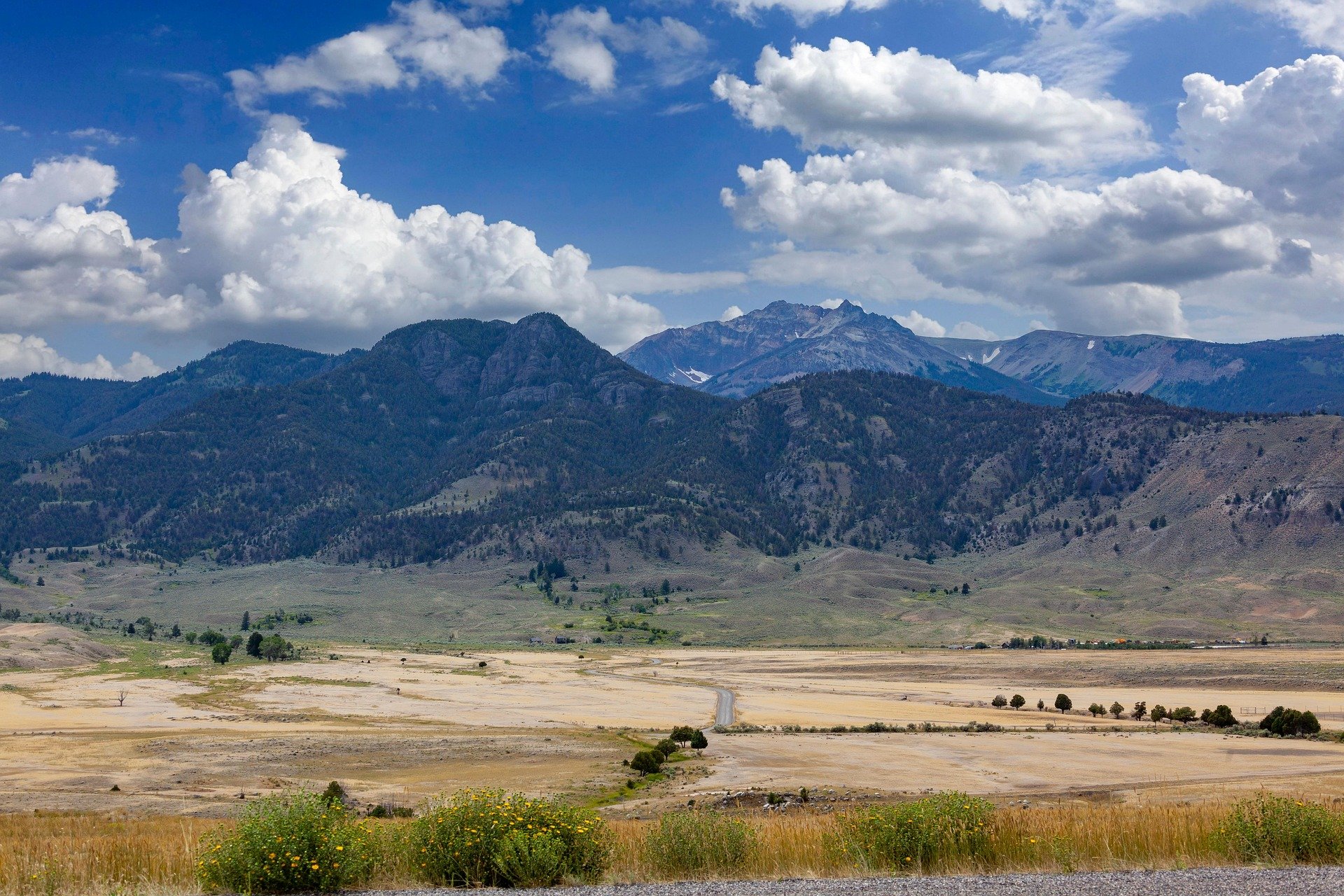
Hidden Gems: Crowd-Free Destinations
Montenegro – Adriatic Paradise Without the Masses
Optimal Timing: May-June and September-October
Avoid: July-August (peak European holiday period)
Montenegro provides Croatia’s stunning coastline beauty without overwhelming tourist crowds. The compact Balkan nation offers dramatic contrasts from the Bay of Kotor’s fjord-like scenery to Durmitor National Park’s alpine lakes.
Spring (May-June) brings mild temperatures, blooming landscapes, and excellent hiking conditions in the Dinaric Alps. Coastal temperatures reach comfortable levels for swimming while mountain regions offer perfect conditions for exploring Europe’s deepest canyon, Tara River Gorge.
Fall (September-October) delivers ideal weather with warm sea temperatures, comfortable hiking conditions, and spectacular autumn colors in mountain regions. Local festivals celebrate harvest seasons, providing authentic cultural experiences away from tourist-oriented events.
Hidden gems like Zabljak Crnojevića offer serene experiences in Montenegro’s former capital, while Bjelasica Mountains provide hiking with panoramic views to virtually no crowds. These destinations remain authentic and affordable while delivering spectacular natural beauty.
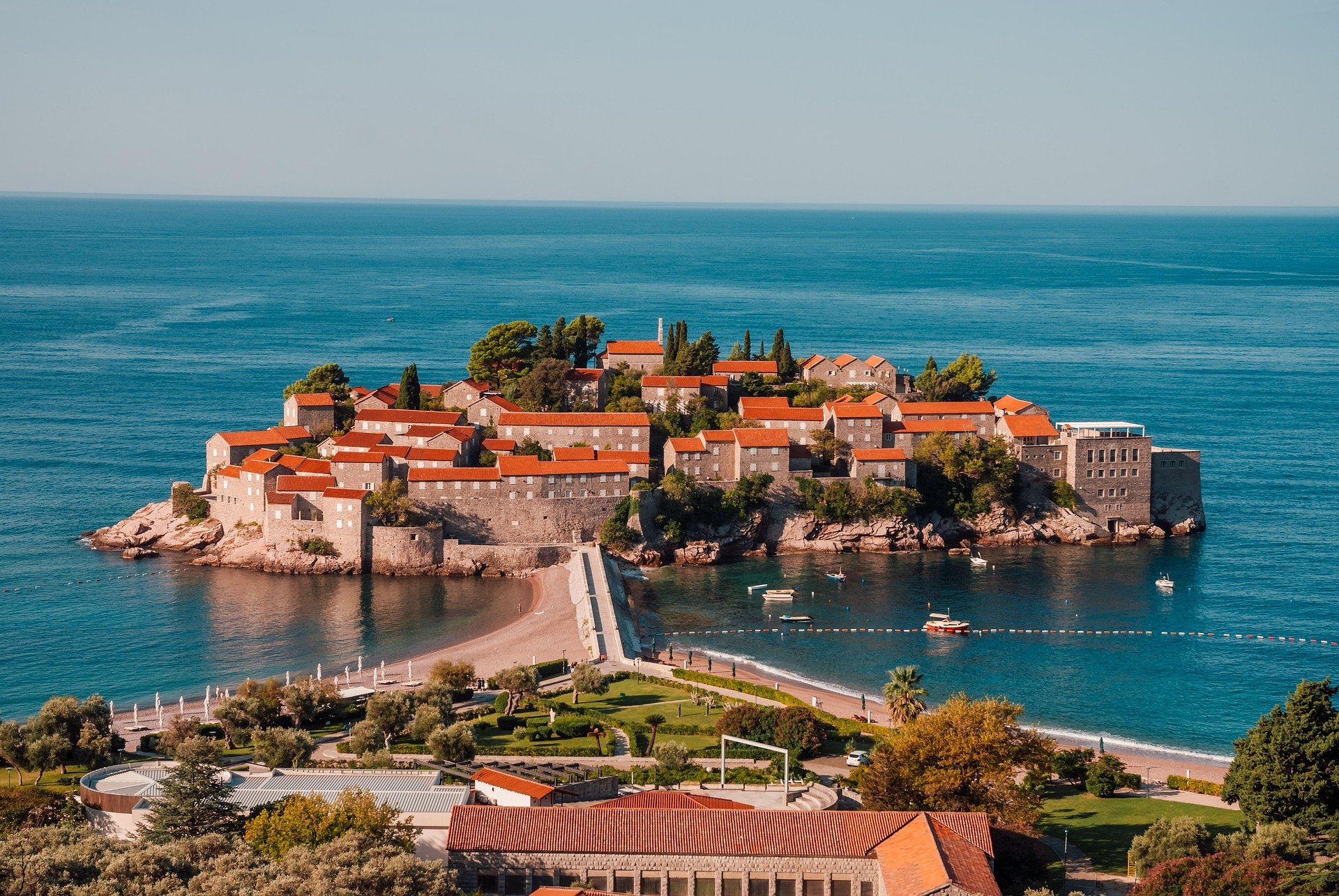
Albania – Europe’s Last Undiscovered Paradise
Optimal Timing: May-June and September-October
Avoid: July-August (growing popularity and heat)
Albania represents exceptional value as Europe’s final undiscovered paradise, offering pristine coastlines, dramatic mountains, and authentic culture at fraction of Western European costs.
The Albanian Riviera features crystal-clear waters and unspoiled beaches rivaling Greece or Croatia without the crowds. Coastal towns like Himara and the UNESCO-listed Gjirokastër provide medieval charm and traditional hospitality.
Mountain regions showcase the Albanian Alps (Accursed Mountains) with spectacular hiking opportunities. The famous Theth to Valbona trek offers breathtaking scenery and traditional guesthouse experiences in pristine wilderness.
Komani Lake provides one of Europe’s most spectacular boat journeys through fjord-like scenery with towering cliffs and emerald waters. This hidden gem remains virtually unknown to mass tourism while offering unforgettable natural experiences.
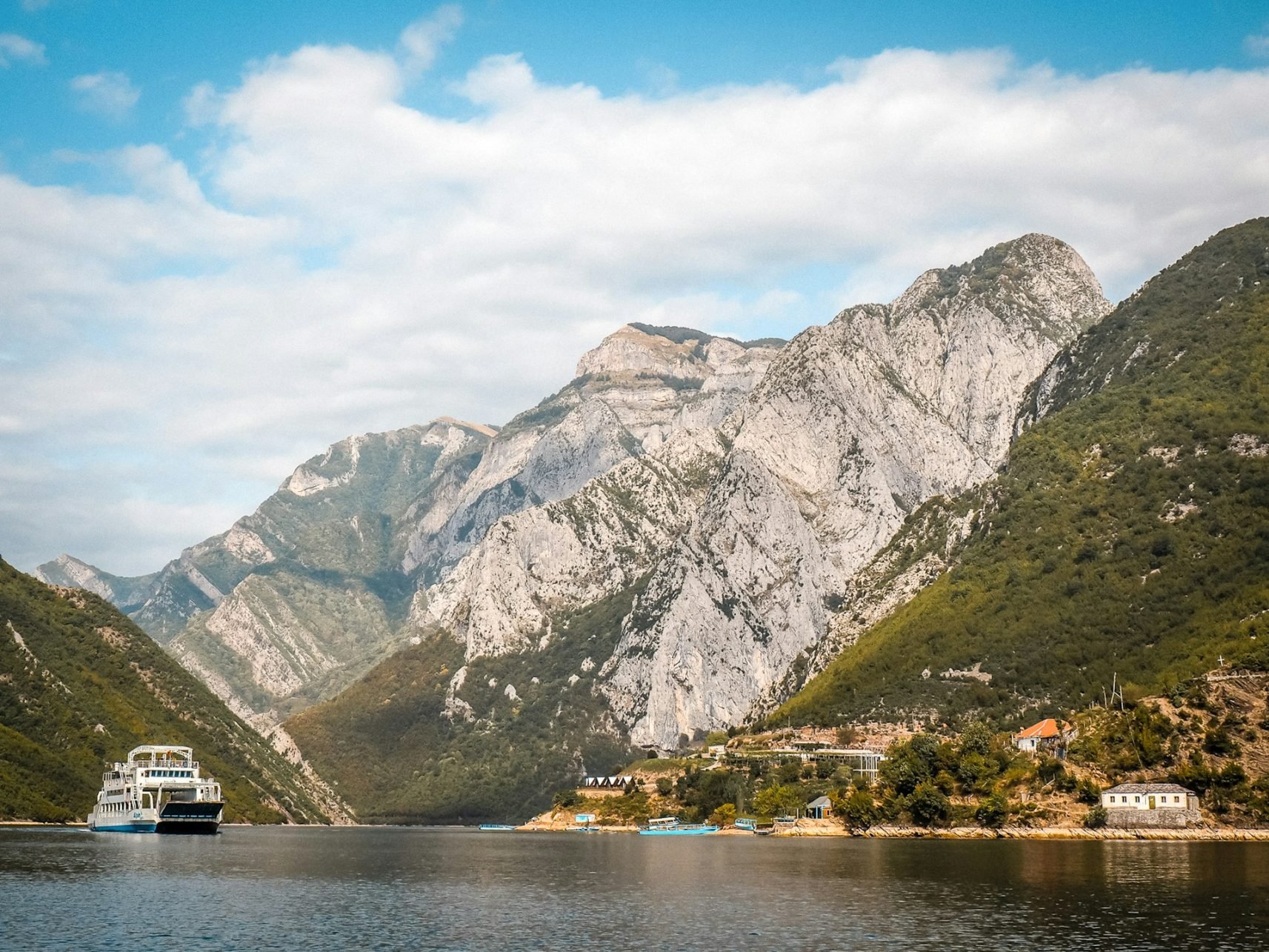
Faroe Islands – Nordic Drama Without Iceland’s Crowds
Optimal Timing: May through September
Avoid: October through April (harsh weather and limited services)
The Faroe Islands deliver Iceland’s dramatic landscapes and Nordic culture without tourist masses. These 18 islands between Iceland and Norway offer otherworldly cliffs, rolling green hills, and authentic Viking heritage.
Summer months provide optimal conditions with temperatures around 8-12°C (47-54°F) and up to 20 hours of daylight. This extended daylight allows comprehensive exploration without time pressure while maintaining comfortable conditions for hiking and outdoor activities.
Puffin season (May-September) brings these charismatic seabirds to coastal cliffs, offering exceptional wildlife photography opportunities. Traditional Faroese culture remains authentic and accessible, with local dining experiences and cultural immersion readily available.
The islands’ compact size allows comprehensive exploration during extended stays, while the absence of mass tourism preserves authentic local culture and pristine natural environments.
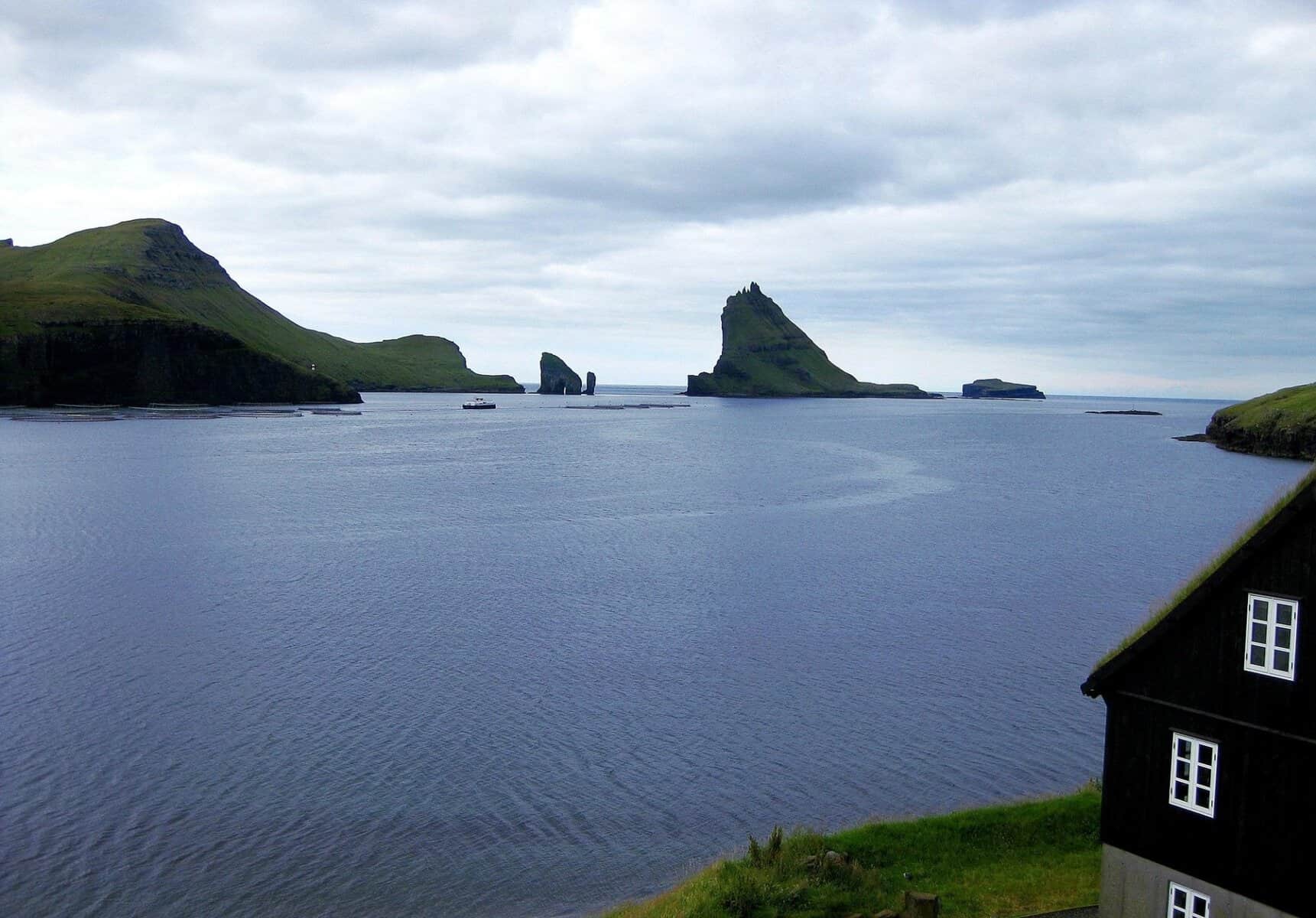
Strategic Timing Tips for Crowd-Free Travel
Research Destination-Specific Patterns
Each destination has unique crowd patterns based on local holidays, weather cycles, and cultural events. European destinations typically experience shoulder seasons during March-May and September-November, while tropical locations may have different optimal periods.
Utilize Technology for Crowd Tracking
Google Maps’ “Popular Times” feature reveals real-time crowd levels at specific attractions, allowing strategic planning for quieter visiting periods. Many destinations also offer crowd calendar websites showing expected visitor levels throughout the year.
Consider School Holiday Patterns
Even during shoulder seasons, local school holidays can increase domestic tourism. Research both international and local academic calendars when planning trips to popular family destinations.
Book Early Morning or Late Afternoon Visits
Popular attractions typically experience lighter crowds during early morning hours (before 9 AM) or late afternoon periods when day visitors depart. This strategy works year-round regardless of season.
Planning Your Off-Season Adventure
Financial Benefits
Off-season travel provides substantial savings across all categories:
- Flights: 20-50% cheaper than peak season
- Accommodations: 30% or more savings on hotels and vacation rentals
- Activities: Reduced prices on tours, car rentals, and attraction admissions
- Dining: Lower prices and better availability at popular restaurants
Enhanced Experiences
Beyond cost savings, off-season travel delivers qualitative improvements:
- Personalized service from less overwhelmed staff
- Authentic interactions with locals not fatigued by tourist crowds
- Better photography opportunities without crowd interference
- Flexible itineraries with improved availability for preferred activities
Sustainable Tourism Impact
Choosing off-season periods supports sustainable tourism by:
- Reducing strain on local infrastructure during peak periods
- Supporting local economies during traditionally slower periods
- Minimizing environmental impact through reduced overcrowding
The Smart Traveler’s Choice
Off-season and shoulder season travel represents the smart traveler’s solution to modern tourism challenges. By timing visits strategically, travelers unlock authentic experiences, substantial savings, and memorable encounters while avoiding the stress and crowds that characterize peak periods.
Whether seeking gaming excitement in Macau during pleasant autumn weather, architectural wonder in Barcelona’s comfortable spring months, wilderness adventure in Yellowstone’s animal-active seasons, or undiscovered beauty in Montenegro’s pristine shoulder periods, strategic timing transforms ordinary trips into extraordinary adventures.
The key lies in research, flexibility, and willingness to trade perfect weather for perfect experiences. As global travel continues growing, the advantage increasingly belongs to those who travel smarter, not harder – discovering the world’s most beautiful destinations when they’re at their most welcoming and authentic.











